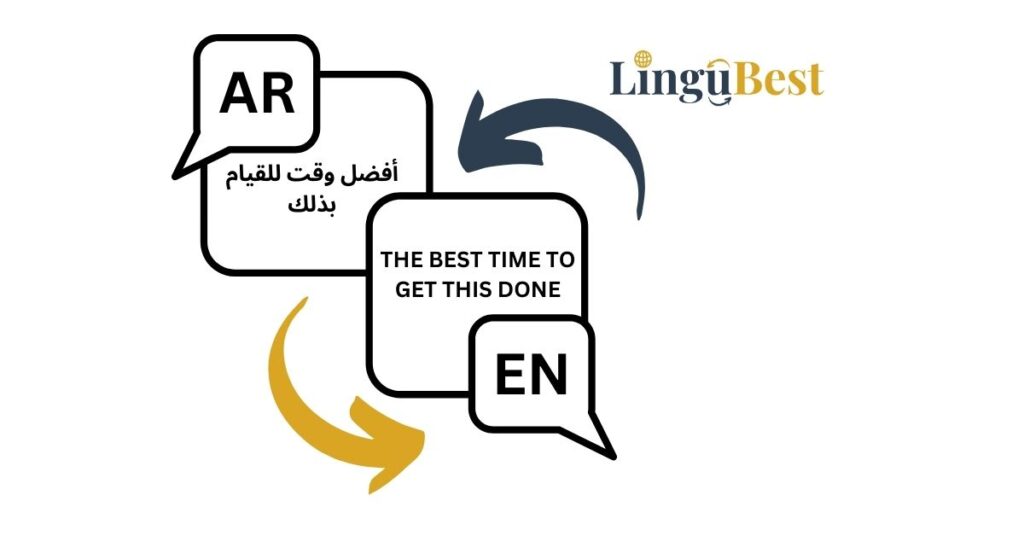Introduction: what is English to Arabic translation and why is it needed?
It is well-known that the demand for English-to-Arabic translation is increasing nowadays, especially in the business sector. More companies are now entering the Arabic, Middle Eastern, and North African markets and expanding to this region. The need for English-to-Arabic localization services increases with this demand.
As we know, Arabic is an international language spoken by more than 300 million people in more than 20 different countries. Moreover, Arabic is one of the official languages of the United Nations. It is also worth mentioning that Arabic reflects the unique and rich culture of its speakers and showcases their diversity.
Is it easy to translate to Arabic?
The short answer is no; Translating to this language is not only conveying the meaning or word-for-word process but also adapting to the cultural nuances. So being aware of the cultural context is necessary to obtain perfect English-to-Arabic translation services. We stress the importance of hiring a professional Arabic translator to obtain accurate and culturally sensitive translations that not only convey the meaning but also create an impact.
What are the challenges that face English to Arabic translators?
Many challenges face translators in general, but we will look at the three main challenges that face English to Arabic translators:
- As an online translator, you will be faced with the complexity of Arabic script. That is because Arabic is written from right to left, and that makes aligning and formatting texts so complicated.
- It is a well-known truth that Arabic, with its multiple dialects, is spoken not just in the Gulf region. It is spoken in the northern part of Africa—in countries like Egypt, Sudan, Algeria, Morocco, Libya, and Tunisia. The distinction is very clear between the Egyptian dialect and the Maghreb dialect. The Maghreb dialect is primarily spoken in countries like Algeria, Morocco, Libya, and Tunisia. The Sudanese accent is also different from all of these accents. Arabic is also spoken in the Levantine (Syria, Lebanon, and Jordan, for example). Nevertheless, the good news is that modern standard Arabic is widespread, especially in media nowadays, which makes translating to this sector more convenient.
- Cultural Differences: As we emphasized above, culture plays a huge part when translating into a language such as Arabic. Examples are countless of the importance of cultural adaptation to ensure a perfect translation. In English, many idiomatic expressions don’t have a direct equivalent in Arabic. That is one of the challenges of translation, but also one of the beauties of languages—being unique. In localization, any wrong translation of idiomatic expressions can lead to a huge misunderstanding and financial loss.
Conclusion:
The Arabic language is a unique language that has its importance in the world, but translation into and from Arabic is a challenging task that requires professionalism. Therefore, at Lingubest, we are dedicated to providing our clients with seamless translation experiences. Our services not only help you achieve your goals but also ensure your accuracy and cultural relevance.
Contact us today and learn more!
